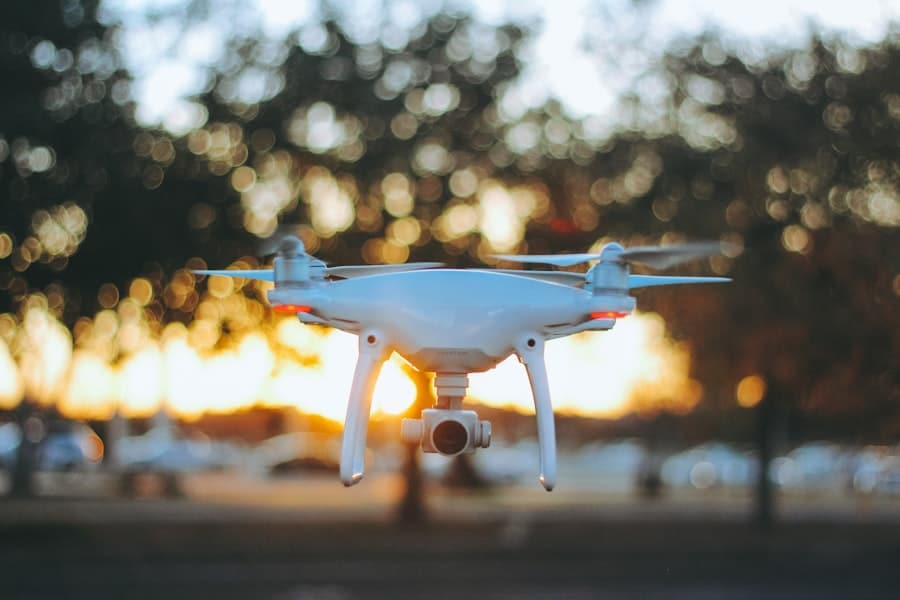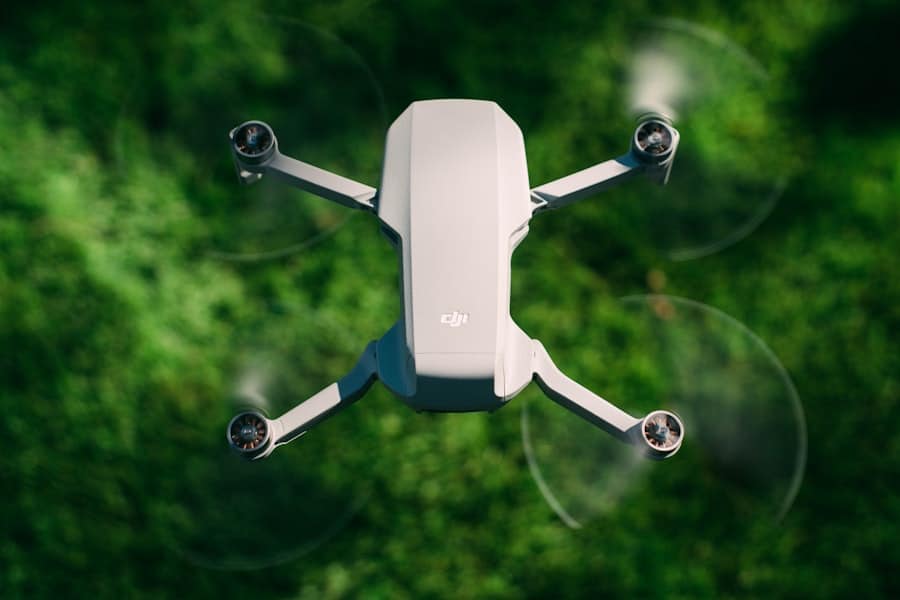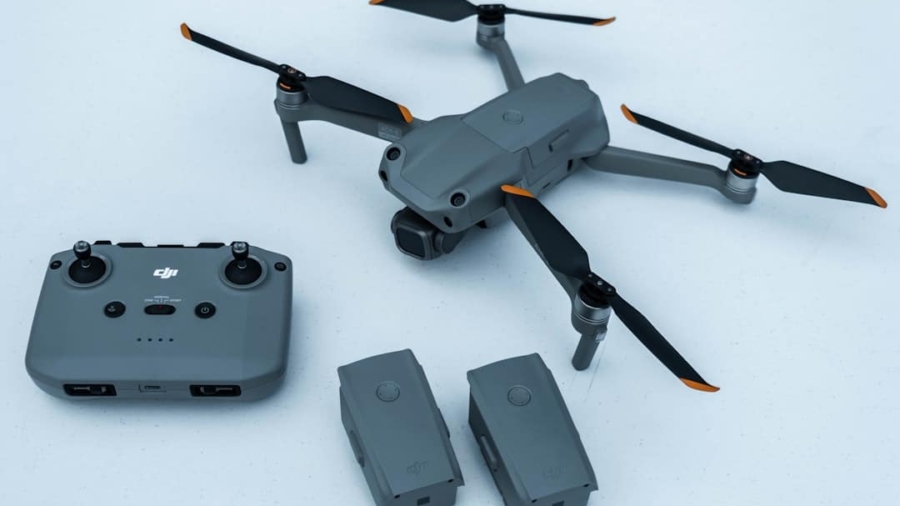The advent of drone technology has revolutionized various sectors, and wildlife monitoring is no exception. Drones, or unmanned aerial vehicles (UAVs), have emerged as powerful tools for researchers and conservationists, enabling them to gather data and monitor wildlife populations with unprecedented efficiency and precision. Equipped with high-resolution cameras, thermal imaging, and advanced sensors, drones can cover vast areas of difficult terrain that would otherwise be inaccessible or time-consuming to survey on foot or by vehicle.
This technological advancement has opened new avenues for understanding animal behavior, tracking migration patterns, and assessing habitat conditions. The integration of drones into wildlife monitoring efforts has not only enhanced data collection but has also transformed the way conservationists approach the protection of endangered species. By providing real-time insights into animal movements and environmental changes, drones facilitate timely interventions that can mitigate threats to vulnerable populations.
As the global biodiversity crisis intensifies, the role of drones in wildlife conservation becomes increasingly critical, offering innovative solutions to age-old challenges faced by ecologists and wildlife managers.
Key Takeaways
- Drones are increasingly being used for wildlife monitoring, providing a non-invasive and cost-effective way to gather data on endangered species.
- Using drones for endangered wildlife monitoring offers benefits such as improved data accuracy, reduced disturbance to animals, and access to hard-to-reach areas.
- Challenges and limitations of using drones for wildlife monitoring include regulatory restrictions, limited flight time, and potential disturbance to wildlife.
- Case studies have shown successful drone monitoring of endangered wildlife, including tracking animal populations, monitoring habitat changes, and detecting poaching activities.
- Ethical considerations in using drones for wildlife monitoring include respecting animal welfare, obtaining necessary permits, and minimizing disturbance to ecosystems.
Benefits of Using Drones for Endangered Wildlife Monitoring
One of the most significant advantages of using drones in wildlife monitoring is their ability to cover large areas quickly and efficiently. Traditional methods of wildlife observation often require extensive manpower and can be limited by geographical barriers. Drones can fly over rugged landscapes, dense forests, and remote regions, capturing high-resolution images and videos that provide valuable insights into animal populations and their habitats.
For instance, in the vast savannas of Africa, drones have been employed to monitor herds of elephants, allowing researchers to track their movements and assess their health without disturbing them. Moreover, drones can be equipped with various sensors that enhance their monitoring capabilities. Thermal imaging cameras enable the detection of animals even in low-light conditions or dense foliage, making it easier to locate elusive species such as the snow leopard or the endangered Sumatran tiger.
Additionally, multispectral sensors can assess vegetation health and habitat quality, providing critical information about the ecosystems that support these endangered species. This multifaceted approach not only aids in population monitoring but also helps identify potential threats such as habitat degradation or poaching activities.
Challenges and Limitations of Using Drones for Wildlife Monitoring

Despite the numerous benefits that drones offer for wildlife monitoring, several challenges and limitations must be addressed to maximize their effectiveness. One significant concern is the regulatory landscape surrounding drone usage. Many countries have strict regulations governing the operation of UAVs, particularly in protected areas where wildlife resides.
Navigating these legal frameworks can be complex and may hinder the deployment of drones in critical habitats. Additionally, obtaining the necessary permits and ensuring compliance with local laws can be time-consuming, potentially delaying important conservation efforts. Another challenge lies in the technical limitations of drone technology itself.
While drones are capable of capturing high-quality images and data, they are not infallible. Factors such as battery life, weather conditions, and signal interference can impact their performance. For example, adverse weather conditions like strong winds or heavy rain can limit a drone’s operational capabilities, making it difficult to conduct surveys during critical periods.
Furthermore, the data collected by drones requires sophisticated analysis techniques and expertise to interpret accurately. This necessitates a skilled workforce capable of processing and analyzing large datasets, which may not always be readily available in remote areas.
Case Studies of Successful Drone Monitoring of Endangered Wildlife
Several case studies illustrate the successful application of drones in monitoring endangered wildlife populations across the globe. In Madagascar, researchers have utilized drones to monitor the critically endangered lemur species. By employing UAVs equipped with high-resolution cameras, scientists were able to map lemur habitats and assess population densities in previously inaccessible regions.
This innovative approach not only provided valuable data on lemur distribution but also helped identify areas requiring immediate conservation action. In another notable example, drones have been deployed in the Galápagos Islands to monitor the population of giant tortoises, which face threats from invasive species and habitat loss. Researchers used drones to conduct aerial surveys that revealed critical nesting sites and foraging areas for these tortoises.
The data collected enabled conservationists to implement targeted management strategies aimed at protecting these vulnerable reptiles from extinction. These case studies underscore the potential of drone technology to enhance conservation efforts by providing accurate and timely information about endangered species.
Ethical Considerations in Using Drones for Wildlife Monitoring
The use of drones in wildlife monitoring raises important ethical considerations that must be carefully navigated by researchers and conservationists. One primary concern is the potential for disturbance to wildlife caused by drone flights. While drones can provide valuable data without direct human interference, their presence may still elicit stress responses in animals, particularly during sensitive periods such as breeding or nesting seasons.
It is crucial for researchers to assess the potential impact of drone operations on wildlife behavior and well-being before conducting surveys. Additionally, there are ethical implications related to privacy and surveillance when using drones in natural habitats. The ability to capture high-resolution images raises questions about the extent to which researchers should monitor animal behavior without infringing on their natural lives.
Striking a balance between obtaining necessary data for conservation purposes and respecting the autonomy of wildlife is essential. Engaging with local communities and stakeholders can help address these ethical concerns by fostering transparency and collaboration in wildlife monitoring efforts.
Future Applications of Drones in Endangered Wildlife Monitoring

As drone technology continues to evolve, its applications in wildlife monitoring are expected to expand significantly. One promising area is the integration of artificial intelligence (AI) with drone systems. AI algorithms can analyze vast amounts of data collected by drones in real-time, enabling researchers to identify patterns in animal behavior or detect anomalies indicative of threats such as poaching or habitat destruction.
This synergy between AI and drone technology could lead to more proactive conservation strategies that respond swiftly to emerging challenges.
Innovations such as longer battery life, improved payload capacity, and enhanced maneuverability will enable drones to operate more effectively in diverse environments.
For instance, hybrid drones that combine fixed-wing flight with vertical takeoff capabilities could cover large areas while also conducting detailed surveys in confined spaces like forests or wetlands. These advancements will empower conservationists with even more sophisticated tools for safeguarding endangered species.
Best Practices for Using Drones in Wildlife Monitoring
To maximize the effectiveness of drones in wildlife monitoring while minimizing potential negative impacts, several best practices should be adopted by researchers and conservationists. First and foremost, thorough planning is essential before deploying drones in sensitive habitats. This includes conducting pre-flight assessments to evaluate potential risks to wildlife and ensuring compliance with local regulations governing drone usage.
Engaging with local communities can also provide valuable insights into animal behavior and habitat conditions that may inform monitoring strategies.
Understanding the technical aspects of drone operation, data collection methods, and ethical considerations is crucial for ensuring responsible use of this technology.
Implementing standard operating procedures that outline best practices for drone flights can help mitigate risks associated with wildlife disturbance while maximizing data quality.
The Role of Drones in Protecting Endangered Wildlife
The integration of drone technology into wildlife monitoring represents a significant advancement in conservation efforts aimed at protecting endangered species. By providing efficient data collection methods and enhancing our understanding of animal behavior and habitat conditions, drones have become indispensable tools for researchers and conservationists alike. However, it is essential to navigate the challenges associated with drone usage thoughtfully while addressing ethical considerations that arise from their deployment.
As we look toward the future, the potential applications of drones in wildlife monitoring are vast and promising. With continued advancements in technology and a commitment to responsible practices, drones will play an increasingly vital role in safeguarding endangered species from extinction. The collaboration between technology developers, conservationists, and local communities will be crucial in harnessing the full potential of drones for wildlife protection efforts worldwide.
In the realm of technological advancements aiding environmental conservation, drones have emerged as a pivotal tool in monitoring endangered wildlife species. These unmanned aerial vehicles offer a non-intrusive method to observe and collect data on wildlife, providing researchers with invaluable insights into animal behavior and habitat use. A related article that delves into the technological prowess of modern devices is Experience the Power of Samsung Galaxy Tab S8: The Ultimate Tablet. This article explores the capabilities of the Samsung Galaxy Tab S8, highlighting its potential applications in field research and data analysis, which can complement the use of drones in wildlife monitoring by offering robust processing power and portability for researchers in the field.
FAQs
What are drones?
Drones, also known as unmanned aerial vehicles (UAVs), are aircraft that are operated without a human pilot on board. They can be controlled remotely by a human operator or autonomously by onboard computers.
How are drones used in monitoring endangered wildlife species?
Drones are used in monitoring endangered wildlife species by providing a non-invasive way to observe and track animals in their natural habitats. They can be equipped with cameras and sensors to capture high-resolution images and data, which can be used for population monitoring, habitat assessment, and anti-poaching efforts.
What are the benefits of using drones in wildlife monitoring?
Using drones in wildlife monitoring offers several benefits, including the ability to access remote or hard-to-reach areas, reduced disturbance to wildlife, cost-effectiveness, and the ability to collect high-quality data for research and conservation efforts.
What are the limitations of using drones in wildlife monitoring?
Some limitations of using drones in wildlife monitoring include limited flight time and range, weather conditions affecting flight capabilities, regulatory restrictions, and the potential for disturbance to wildlife if not used properly.
Are there any regulations or guidelines for using drones in wildlife monitoring?
Yes, there are regulations and guidelines for using drones in wildlife monitoring, which vary by country and region. These regulations typically cover issues such as flight altitude, proximity to wildlife, and obtaining permits for research purposes.
What are some examples of successful drone use in monitoring endangered wildlife species?
There are numerous examples of successful drone use in monitoring endangered wildlife species, including the use of drones to monitor elephant populations in Africa, track orangutans in Borneo, and survey nesting sites of endangered bird species.

